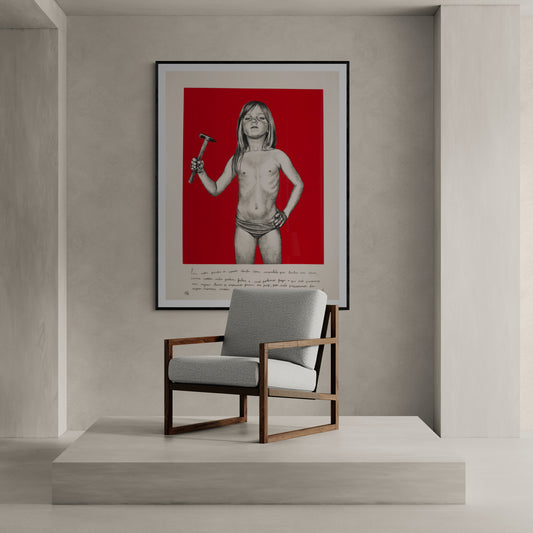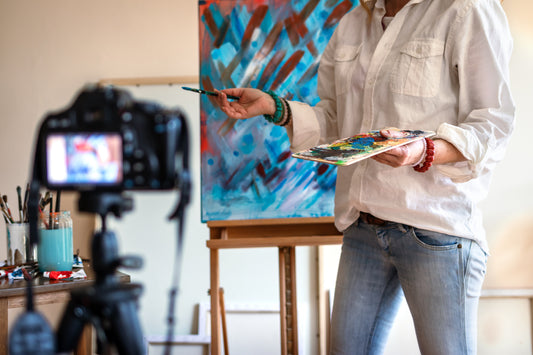In the vast expanse of creativity, where ideas ebb and flow like the tides, the concept of the Creative Act stands as a beacon for artists and art lovers alike. Legendary music producer Rick Rubin, known for his transcendent approach to creation, posits a thought-provoking message: "Our role is not to create, but to allow creation to happen." This notion, though seemingly paradoxical, invites artists to step back and let their inner muse guide them. Let's delve into this philosophy and uncover how it resonates with artists across various domains.
The Philosophy of Creation According to Rick Rubin
Rick Rubin's storied career in the music industry has made him synonymous with transformative artistry. His collaborative efforts with artists across genres—from rock to hip-hop—highlight his unique ability to tap into the core of creativity. Rubin's philosophy suggests that artists should not force creativity but rather create an environment where creativity can flourish naturally. This approach encourages artists to become conduits of expression, where the act of creation is less about exerting control and more about surrendering to the creative flow.
Historical and Contemporary Examples
This philosophy is not new; it echoes the sentiments of artistic giants throughout history. Michelangelo, for instance, believed that his sculptures were already present within the marble, and his job was merely to reveal them. Similarly, Ludwig van Beethoven allowed the divine symphonies of nature to inspire his compositions. In the contemporary realm, authors like Elizabeth Gilbert speak of ideas as living entities seeking the right person to bring them to life. These examples demonstrate that the concept of allowing creation to happen transcends time and discipline, uniting artists in a shared experience of discovery and revelation.
Practical Application: Allowing Creation to Happen
So, how can modern artists embrace this timeless wisdom? The key lies in creating a space—both physically and mentally—that invites creativity. This can mean setting aside dedicated time and space for your art, embracing routines that foster focus, or simply taking a walk to clear your mind. It's also about letting go of perfectionism and understanding that mistakes can be the birthplace of brilliance. By shifting focus from the final product to the process of creation, artists can find greater satisfaction and unexpected outcomes in their work.
Personal Reflections and Community Voices
Many artists who have embraced Rubin's laissez-faire approach report a profound change in their creative process. They speak of an increased sense of freedom, a deeper connection with their work, and an enhanced capacity for innovation. By sharing these personal stories, the art community can inspire others to experiment with this approach and explore new dimensions of their creativity.
Conclusion
The journey of art is one of constant evolution and discovery. Rick Rubin's message encourages artists to redefine their role in the creative process—to see themselves not as creators, but as facilitators of creation. By adopting a mindset of openness and surrender, artists can unlock new realms of possibility and deepen their connection with their work. As we embrace this philosophy, we allow not only art but also ourselves to evolve in the most unexpected and beautiful ways.
Remember, the act of creation is not just about producing art; it's about allowing the art within you to emerge. Let this message guide you on your artistic journey, and see where the winds of creativity take you.





